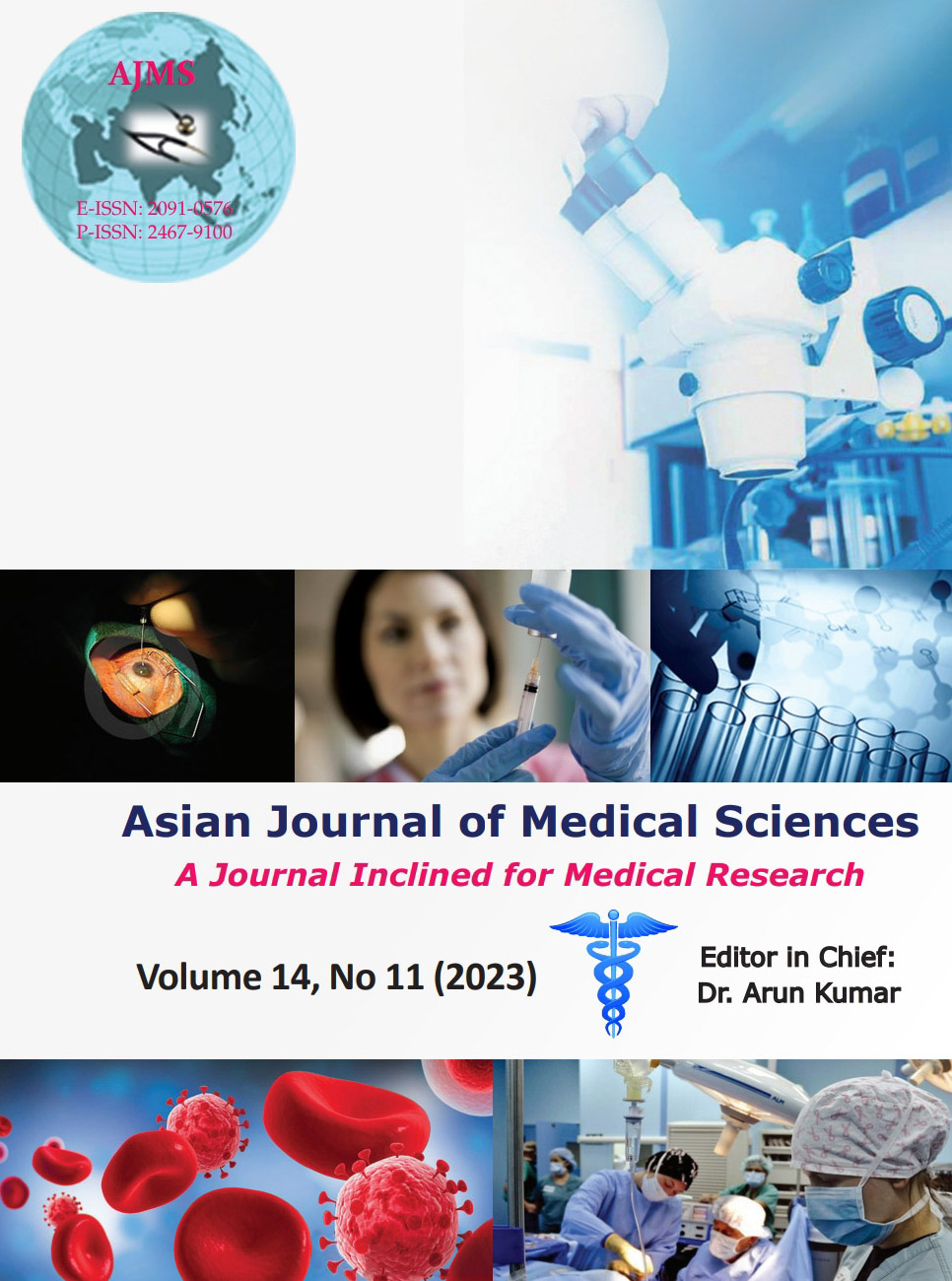Our experience of forgotten double-J stents in a tertiary care center
Keywords:
Complications; Forgotten double-J stent; ManagementAbstract
Background: Double-J (DJ) stents have become an essential tool in the field of urology. Forgotten DJ stents are associated with significant morbidity and mortality, if not intervened timely.
Aims and Objectives: In this study, we report our experience of forgotten stents related complications, along with its management and steps taken by us in preventing stent-related morbidity.
Materials and Methods: We retrospectively analyzed the records of patients presented to the Department of Urology, Indira Gandhi Institute of Medical Sciences, Patna with forgotten or long-term retention of DJ stents from January 2021 to December 2022. All cases were reviewed for age, gender, symptoms, indication of stent insertion, duration of stent insertion, radiological images, and procedures performed for management.
Results: The mean age of the patients was 49.23 years. The mean duration of the indwelling stent in situ was 16.61 months. Presenting complaint was flank pain, recurrent urinary tract infection, dysuria, hematuria, and irritative lower urinary tract symptoms. Common indications of indwelling stents were ureteroscopic lithotripsy, percutaneous nephrolithotomy, and Laparoscopic pyeloplasty. Cystoscopy, ureteroscopy, cystolithotripsy, percutaneous nephrolithotomy, and open surgery were done to extract the forgotten DJ stent.
Conclusion: Forgotten DJ stents are a source of severe morbidity. Patients and relatives counseling before and after the procedure is necessary in reducing stent-related complications.
Downloads
Downloads
Published
How to Cite
Issue
Section
License
Copyright (c) 2023 Asian Journal of Medical Sciences

This work is licensed under a Creative Commons Attribution-NonCommercial 4.0 International License.
Authors who publish with this journal agree to the following terms:
- The journal holds copyright and publishes the work under a Creative Commons CC-BY-NC license that permits use, distribution and reprduction in any medium, provided the original work is properly cited and is not used for commercial purposes. The journal should be recognised as the original publisher of this work.
- Authors are able to enter into separate, additional contractual arrangements for the non-exclusive distribution of the journal's published version of the work (e.g., post it to an institutional repository or publish it in a book), with an acknowledgement of its initial publication in this journal.
- Authors are permitted and encouraged to post their work online (e.g., in institutional repositories or on their website) prior to and during the submission process, as it can lead to productive exchanges, as well as earlier and greater citation of published work (See The Effect of Open Access).




